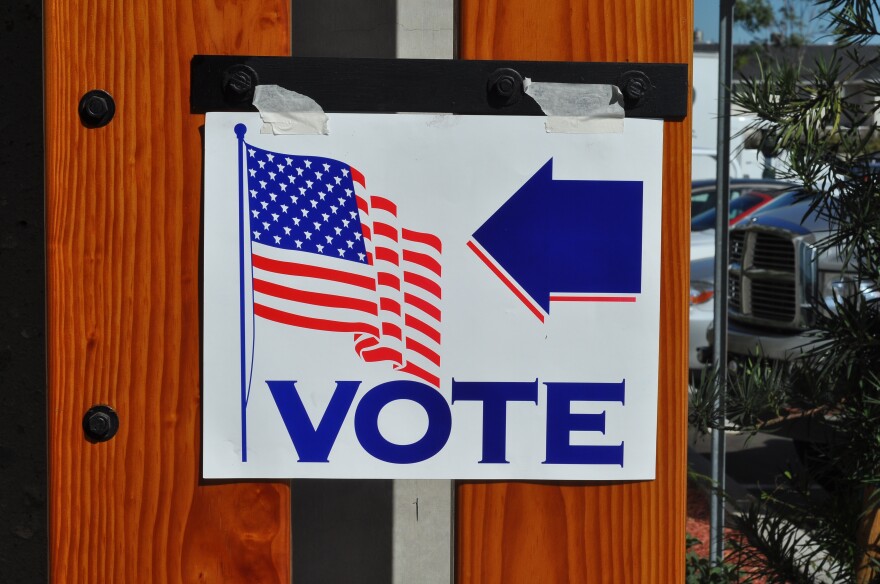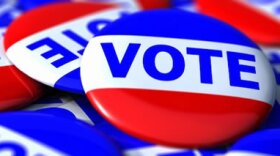Primary season is now over and it’s on to the general election in Vermont. Voters will go to the polls in November for all of Vermont’s statehouse and statewide seats along with the U.S. House Representative and one U.S. Senate seat.
Vermont’s open primary Tuesday saw incumbent Democrat Peter Welch, first elected to Congress in 2006, easily winning. He now faces Republican H. Brooke Paige in the general election. Independent Senator Bernie Sanders also won the Democratic primary — despite his tradition to turn down the nomination, accept the party’s endorsement and run as an Independent. Middlebury College Professor of Political Science Bert Johnson says the two incumbents face no significant opposition, adding that Sanders’ strategy is long-standing. “It’s certainly annoying to some party regulars that Sanders has said he would not accept the Democratic Party nomination. But ah you know Sanders is an iconoclast and so it’s not surprising to see him do something iconoclastic and here’s another example of that.”
Vermont Deputy Secretary of State Chris Winters says unofficial numbers show a stronger turnout than anticipated. “It wasn’t far off from the turnout that we saw in 2016 which was of course a presidential year and an expected higher turnout. In a midterm we didn’t expect a quite such turnout but we think that’s a reflection of the significant work that (Vermont) Secretary (of State James) Condos has been doing in increasing access to the ballot box and decreasing roadblocks for voters. There’s always a lot of other factors that go into turnout. You never know exactly what will trigger turnout results. There’s likely multiple factors. But we saw an approximate 22 percent voter participation which is really good for a midterm primary.”
Middlebury College Professor Emeritus of Political Science Eric Davis was surprised by the higher than anticipated turnout. “Maybe 20-25,000 more people voted than many people anticipated. So even though these candidates didn’t spend all that much money and there wasn’t as much media attention to the race in the last two weeks as in some previous cycles, in the end a fairly decent number of voters for a summer primary did show up.”
Johnson credits the Democrats for boosting the number of people at the polls. “Turnout was probably higher because it is a year in which people are energized about the national scene and they’re energized about political engagement. And you can see that turn out on the Democratic side was higher that turn out on the Republican side.”
Winters says there were no reports of any significant problems during the primary. “We were very active all day long on the phones, on email, on social media. We would have voters contact us through our Facebook page or our Twitter account reporting different things and asking different questions. We had a lot of questions about for example whether they needed to declare their party in order to vote in the primary. A lot of people were confused about that so we started putting that out on social media. Overall it was a really smooth election and we’re pretty excited that it did run so smoothly.”
The results of the primary will be finalized after a statewide canvass next week.








